Polyester base layer fabric has developed a strong following due to its inherent ease of care and fast drying capabilities. Polyester is a man made synthetic fibre derived from coal, air, water, and petroleum. It is manufactured during a chemical process involving the extrusion of melted polymer pellets through spinnerets to form a continuous fibre. Unlike merino wool which has a defined fibre length called a staple, ranging between 55mm-130mm, polyester can be produced into continuous strands of determined length called filament. Likewise, it may also be cut into staple lengths, this can allow polyester to be combined with natural fabrics such as merino wool by spinning both polyester and merino wool staple fibres into a blended yarn, merging the advantages of both textiles.
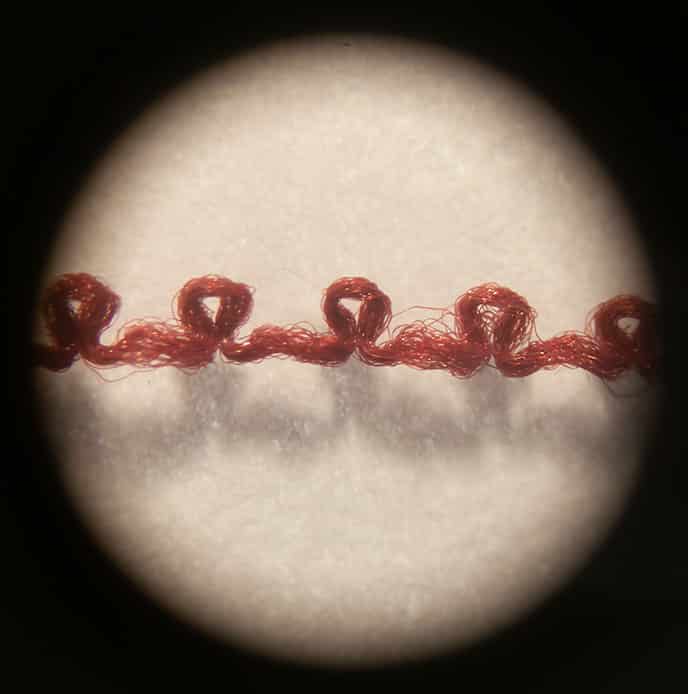
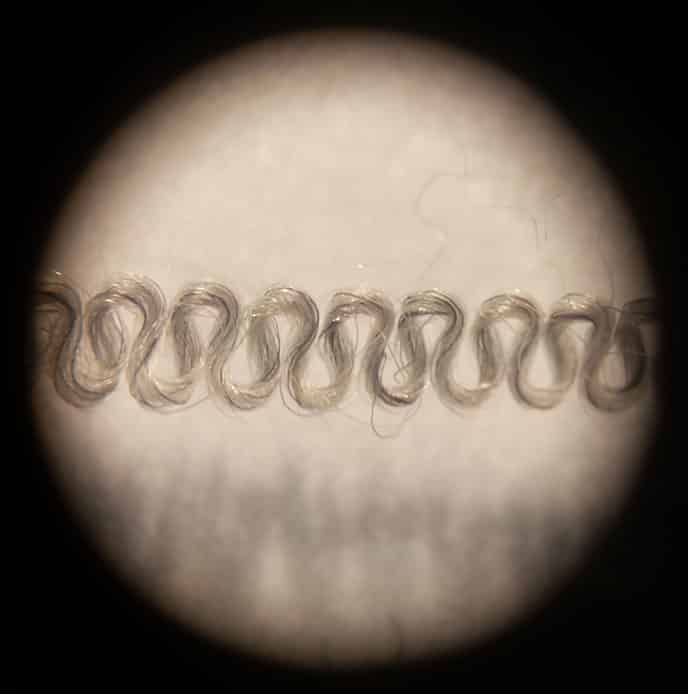
These images demonstrate two types of yarn when viewed under a microscope, taken from samples during our synthetic and natural fabrics base layer evaluation. The first image is comprised of continuous polyester filaments, while the second uses merino wool staple fibres that have been spun into yarn.
Polyester base layer fabric microclimate moisture management
Unlike natural fibres such as merino wool, which are capable of absorbing moisture within their physical structure, polyester fibre has extremely low moisture absorption and is essentially hydrophobic. It is incapable to take up moisture into its core the way merino wool does, as such, a polyester base layer fabric will generally hold less moisture when wetted out compared to base layer fabrics made from natural fibres such as merino wool. Water evaporates at the same rate, regardless of the textile structure it is contained within. The hydrophobic nature of polyester fibres will generally mean that a polyester base layer fabric will hold less moisture when wetted out by sweat, this will commonly make this fabric faster drying.
Polyester base layer fabric will generally wick sweat on the surface of your skin to the outer side of the fabric where it can disperse and eventually evaporate, through a process known as capillary action. In this manner, the warm, moist environment on the surface of your skin will create a differential gradient to move moisture along the polyester fibre interstitial spaces to the outer side of the fabric. This wicking effect can reduce evaporative heat loss, and can be particularly beneficial in cold environments where high work rate induced sweating may be common, such as mountain hunting.
The polyester fibre is generally stronger than natural fibres, this can allow for the manufacture of lighter weight fabric while still retaining adequate textile strength. This combination can provide for a lighter weight base layer that translates to an even faster drying garment.
Polyester base layer fabric body odour
Base layer garments can be worn continuously for a week at a time or longer by hunters when in the field during extended trips. The next to skin nature of base layers normally result in the fabric being kept moist and warm while worn on the body, this can create a perfect breeding ground for odour producing bacteria to flourish within. Unlike the protein-based structure of merino wool which is inherently antibacterial, polyester base layer fabric has a reputation of producing malodour.
Sweat itself has no odour, however, research reveals that certain strains of bacteria are capable to break down the long chain fatty acids, amino acids, and other compounds found in human sweat to produce a very unpleasant smell. One strain that has been linked to body odour is the micrococci bacteria, and it has been revealed that polyester fabric can create a favourable environment for this bacteria species to thrive in. This can explain why many users of polyester base layer fabric notice odour build up when worn for continuous days.
There have been advancements made in recent years to greatly inhibit the build-up of body odour within polyester base layer fabrics, particularly through the use of various silver textile technologies. Silver is a natural antimicrobial and can create a less favourable environment for bacteria species to develop and grow, thus reducing the build up of body odours.
Polyester base layer fabric can be considered a wise choice where its fast drying capabilities can prove advantageous, such as cool, wet environments. Antibacterial advancements can minify or negate the odour issues often associated with this fabric in the past, making polyester base layers a good choice for many different hunting applications.
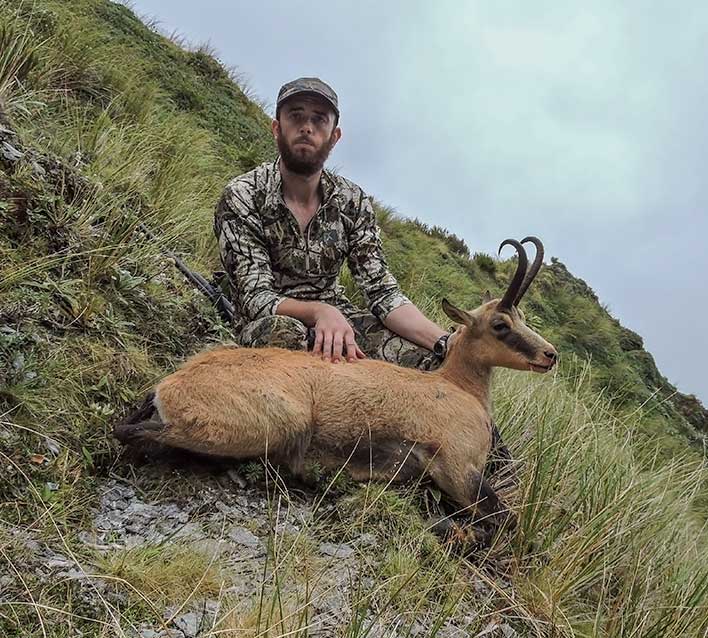
Josh field testing TUSX prototype polyester base layers in the mountainous terrain of New Zealand. The fast drying capabilities of polyester base layer fabric can be an advantage when hunting in mountains, minimising the evaporative cooling effects developed from perspiration.
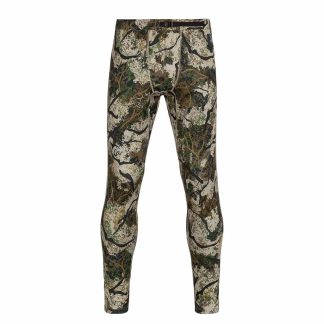
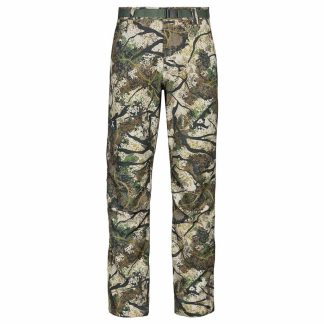
Interested on the release of this product. I like poly base layers, I use them on the farm day in day out during winter.
Yes polyester does have some unique characteristics that set it apart from natural fibres. We have some advanced base layers coming shortly 🙂
Can’t wait to try out some of your gear. Looks awesome
Thank you, we believe these products will be well accepted.